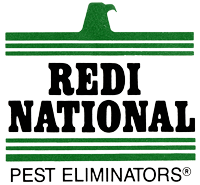Are there any effective mosquito repellent plants?
As the warm weather approaches and outdoor activities become more prevalent, the need for effective mosquito repellent solutions reaches a peak. Traditional mosquito repellents often contain chemicals like DEET and picaridin, which, while effective, can raise concerns about skin irritation and environmental impact. In response to these concerns, many individuals are turning to nature for…
